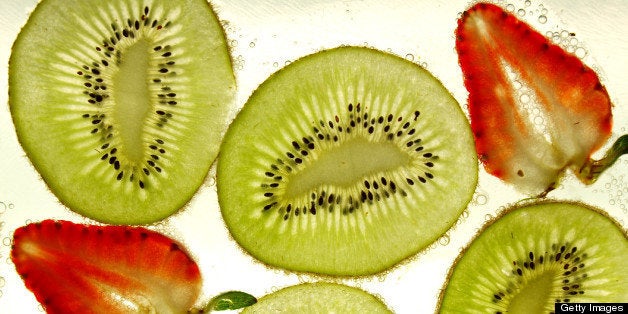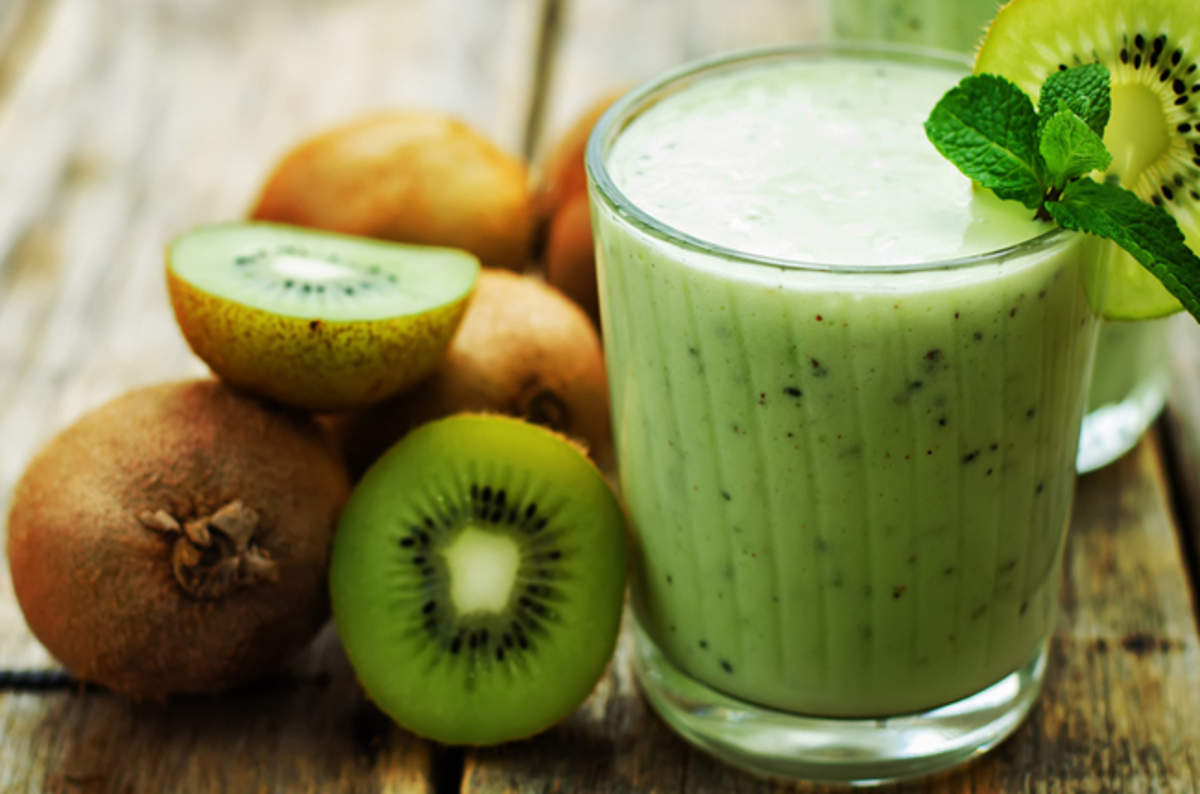Revealing the Taste: What Do Kiwis Taste Like-- A Taste buds Pleaser
Wiki Article
Discovering the Distinct Characteristics and Interesting Biology of Kiwi: A Comprehensive Research
Welcome to the fascinating world of kiwi! Prepare to be amazed as we discover how kiwis have adjusted to their flightless existence and uncover their environmental significance.Physical Features
What are the physical qualities of a kiwi bird? The kiwi bird is a tiny, flightless bird indigenous to New Zealand. One of the most distinct attributes of the kiwi bird is its long, slender bill.The kiwi bird has an unique tuft, with soft, hair-like feathers that look like fur. These plumes are gray or generally brown in shade, helping the bird assimilate with its forested environment. Unlike most birds, the kiwi has small wings that are hidden under its feathers and are not useful for flying. Instead, it depends on its solid legs and powerful claws for flexibility.
An additional fascinating physical attribute of the kiwi bird is its nostrils located at the suggestion of its bill. This adaptation enables them to ferret out worms and pests, their main source of food, in the ground cover on the forest floor (what do kiwis taste like). In addition, the kiwi bird has large, rounded eyes that are adapted for low-light problems, as they are mostly nocturnal
Feeding Practices
To recognize the feeding behaviors of the kiwi bird, you require to observe its foraging behavior and dietary choices. Kiwis are distinct in their feeding habits, as they are mainly nocturnal and count greatly on their sense of odor to find food. They have a long, slim bill that allows them to probe the ground in search of bugs, worms, and other invertebrates. These birds utilize their solid sense of smell to detect prey hidden beneath the surface, and after that use their expense to remove it.Kiwis are omnivorous, indicating they eat both plant and animal issue. Along with pests, kiwis likewise take in seeds, berries, and fruits. They have a specific fondness for fallen fruits that are abundant in sugars, such as the berries of the shrubby tororaro plant. Kiwis have actually been observed feeding on a variety of plant varieties, suggesting their adaptability to various food resources.
Interestingly, kiwis do not have a plant, which is a customized component of the digestive system discovered in numerous birds. Instead, their food passes directly from the esophagus to the belly. This may be a result of their distinct evolutionary history and environmental specific niche.
Recreation and Reproduction
Now let's dive into the remarkable world of kiwi reproduction and breeding, building upon our previous exploration of their one-of-a-kind feeding practices. They are monogamous birds, indicating they create long-lasting pairs.Breeding period for kiwis usually takes place in between June and March. During this moment, the women kiwi will lay one to two eggs, which are unusually big compared to the bird's body size. Kiwi eggs are the biggest of any type of bird in proportion to body weight. After the eggs are laid, both the male and women take turns incubating the eggs, with each taking changes that can last as much as 12 days.
Once the chicks hatch out, they are born fully feathery and able to see (what do kiwis taste like). They are additionally quite bright, indicating they are able to take treatment of themselves fairly quickly. Nonetheless, even after the chicks have actually hatched, the moms and dads continue to give treatment and protection for them till they are completely independent, which can take several months.

Adaptations to Flightless Existence
As a flightless bird, the kiwi has undergone numerous adjustments to its makeup and habits that enable it to flourish in its unique environment. Unlike various other birds, kiwis have small, vestigial wings that are practically ineffective for flying.An additional adaptation that kiwis have actually established is their strong legs and feet. The kiwi's legs are muscle and positioned much back on its body, providing it with a reduced center of gravity and optimum balance.
In order to endure without the capability to fly, kiwis have likewise developed an eager sense of odor. Their long, slim beaks residence extremely delicate nostrils, enabling them to discover pests and worms underneath the woodland floor. This amazing adjustment assists kiwis situate food sources and keep a balanced diet regimen.
Ecological Significance
The ecological relevance of kiwi lies in their function as vital seed dispersers in their native environment. As they move through the forest flooring, kiwi forage for insects, worms, and a selection of plants. In the process, they take in berries and fruits, which Recommended Site include seeds. These seeds after that travel through the kiwi's gastrointestinal system unscathed and are later distributed via their feces. This distinct procedure helps in the natural regeneration of forests.The kiwi's ability to disperse seeds is critical for preserving the biodiversity see page and balance of their ecological community. By spreading seeds across different areas, they contribute to the growth and abundance of different plant varieties. Subsequently, these plants provide food and shelter for other animals, developing a web of interdependencies within the community.
Moreover, kiwi play a crucial duty in regulating the populace of particular plant species (what do kiwis taste like). Some plants create an extreme variety of seeds, which can result in congestion and limited resources for various other plants. By eating and distributing these seeds, kiwi assistance regulate the growth of such plants, guaranteeing a healthier and a lot more diverse environment
The eco-friendly relevance of kiwi expands past their duty as seed dispersers. Their burrowing habits also adds to dirt aeration and nutrient recycling, enhancing the general wellness of the forest flooring. Furthermore, their feeding practices can aid regulate insect populations, minimizing the risk of pest break outs that can hurt plants.
Verdict
Finally, exploring the special characteristics and interesting biology of kiwi exposes its physical attributes, feeding habits, recreation and breeding patterns, along with its adaptations to a flightless presence. With its distinct features and eco-friendly relevance, the kiwi acts as a remarkable instance of nature's diversity and adjustment. By recognizing and valuing the kiwi's duty in its environment, we can further advertise preservation efforts to make sure the conservation of this remarkable species for future generations.
Report this wiki page